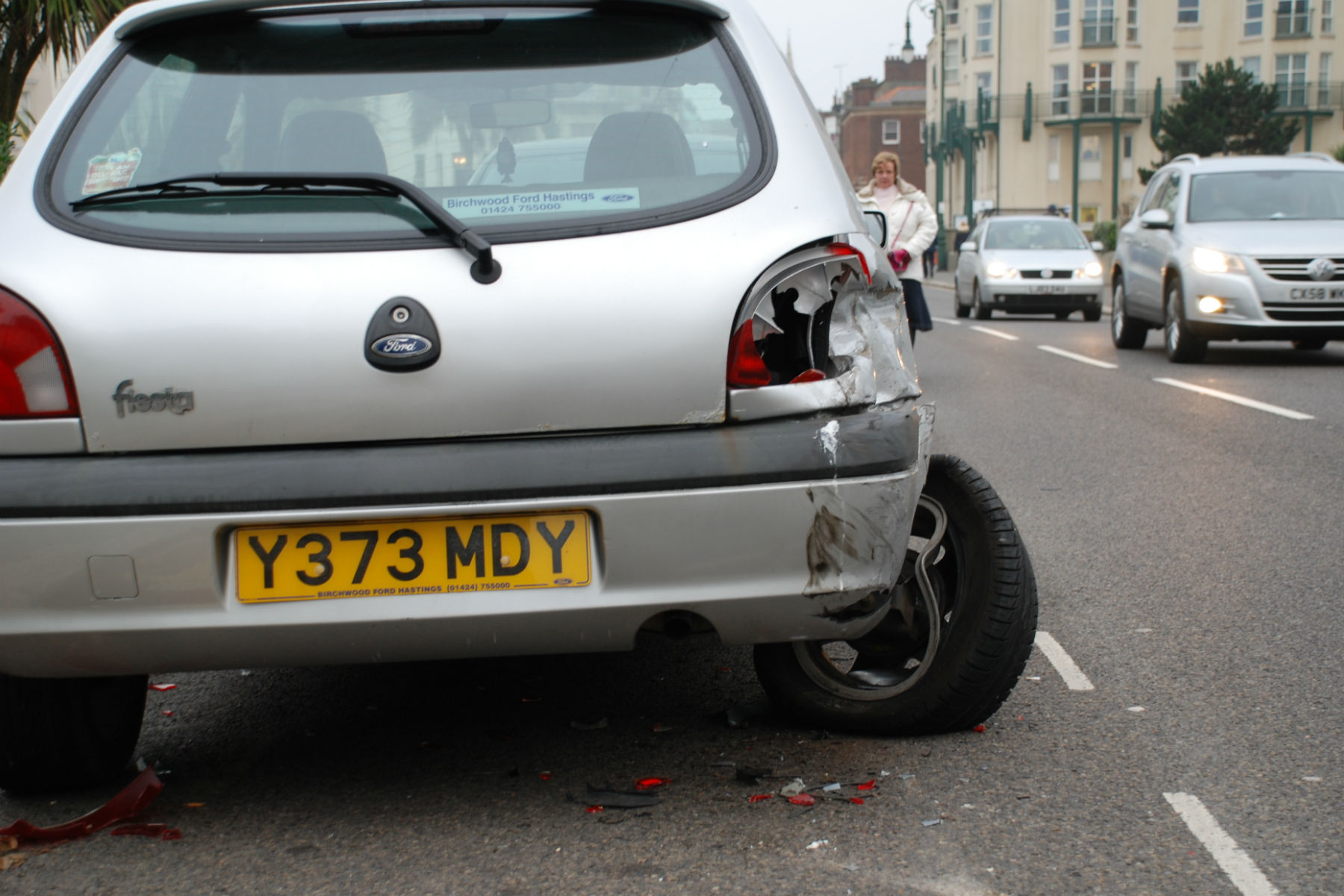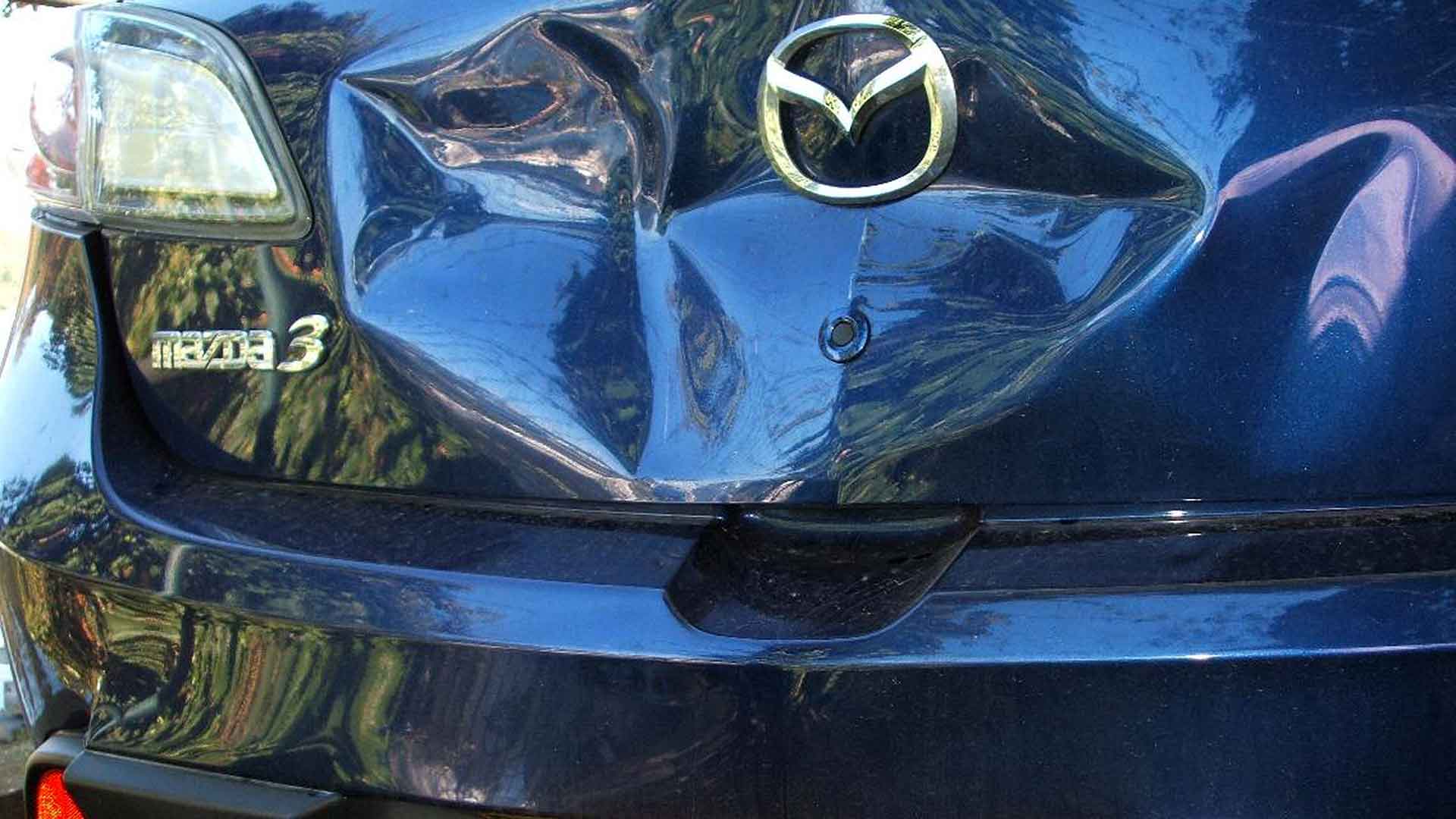
You might have seen cars advertised for sale as ‘previously written-off’ or categorised using a letter – ‘Cat N’, for example.
This means the car was too badly damaged for an insurance company to repair it cost-effectively. In other words, the cost of fixing the damage was more than the vehicle is worth. However, a write-off can be still repaired privately and returned to the road if you wish.
There are four write-off categories in the UK, which reflect the severity of the damage. These take account of dangerous structural issues, alongside the cost of repair.
The car insurance write-off categories
The four insurance write-off categories in the UK are as follows:
- Category A: The most serious category. Category A write-offs must be crushed; the car can never be legally used on the road again. Parts cannot be removed from the vehicle, even if they appear to be salvageable.
- Category B: This signifies serious damage. Again, the car should never be used on the road and its body shell must be crushed. However, parts may be removed from the vehicle to repair other cars.
- Category S (formerly known as category C): The car has suffered structural damage in an accident and would be uneconomical to repair. If repaired by a professional, it may be returned to the road.
- Category N (formerly known as category D): The least severe category. Damage is non-structural, but it could affect safety-critical features such as the brakes or steering. Category N write-offs may be returned to the road, but not until they’ve been professionally repaired.
It’s worth bearing in mind that a car’s value can affect its likelihood to be written-off by an insurance company. Putting it simply, an expensive car would need a lot of damage to make it a write-off. A £500 old banger only needs a little cosmetic damage to be written off.
Insurance write-off categories: Q&A

How do I know if a car has been written off?
Although sellers should legally declare an insurance write-off, some unscrupulous owners try to hide this information. You can get around this by searching for a used car on Auto Trader, as all insurance write-offs are automatically declared, or by buying a vehicle history check from a company such as HPI.
Should I buy an insurance write-off?
The only reason to buy a car that has previously been written off is that it’s considerably cheaper than an undamaged example. If so, be aware that you’ll also have to declare it the write-off when you sell the car on – and that will affect its value.
Only category S and N vehicles (C and D under the old system) can legally be sold for use on the road. We’d want to fully understand what caused the damage and see evidence that it had been repaired by a reputable body shop. You’ll also need to declare the car’s write-off status to your insurance company.
What happens to my car once it’s written-off?
If your car has been damaged and the insurance provider deems it not worthy of repair, they will offer you what they consider to be the market value of the car and essentially buy it off you. It will then be sold at auction or scrapped, depending on the severity of the damage.
If you wish to keep the car, you may be able to buy it from the insurance company It’s worth noting that it will then be your responsibility to repair the car, and there may be extra damage that isn’t obvious by looking at it.
Again, you’ll also have to declare the car is a write-off when you insure it and when the time comes to sell it.
ALSO READ:
How to claim compensation for pothole damage to your car
Thanks for elaborating to car write off check details and its categories.